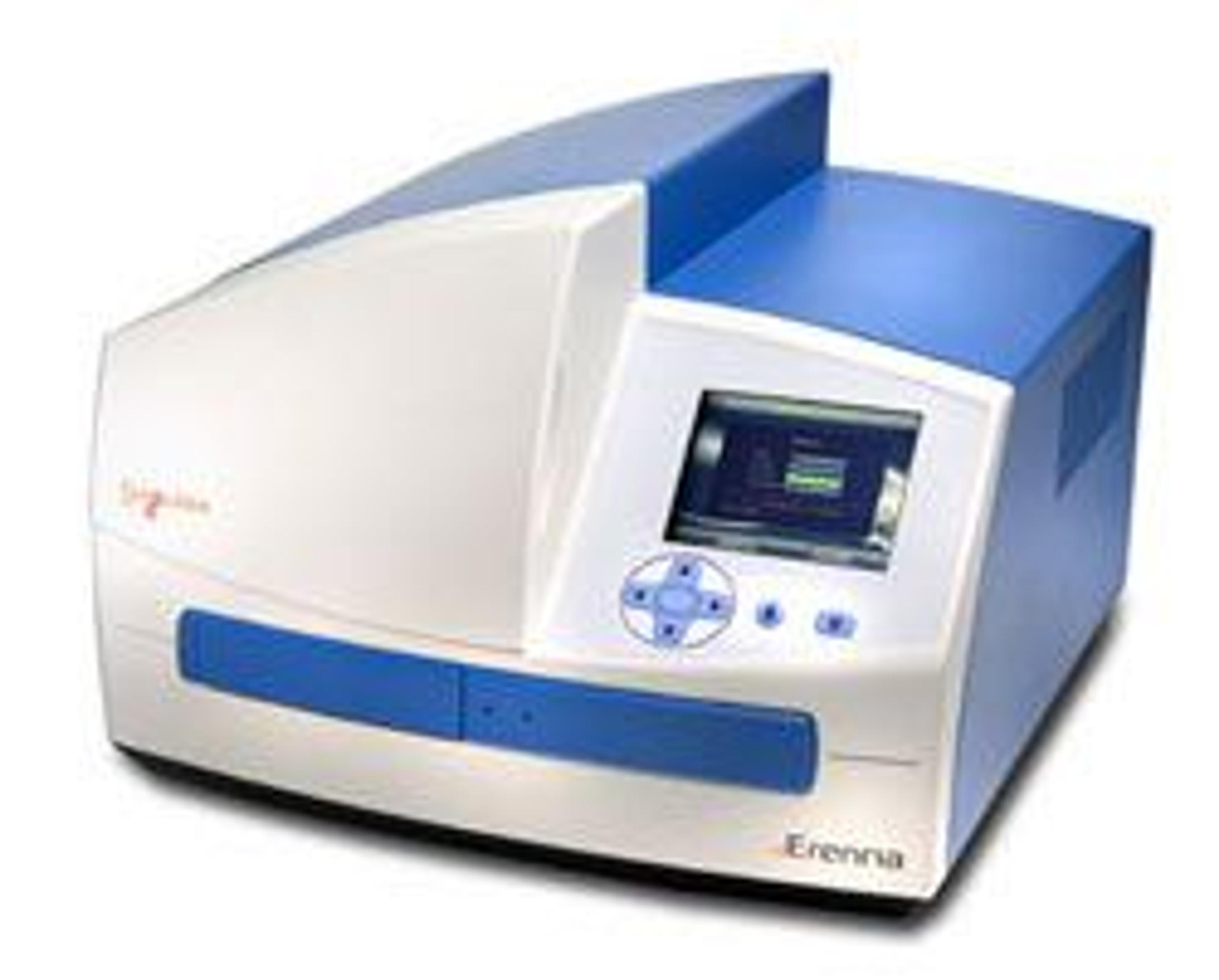Singulex Adds Interleuken-17a/F To Powerful Suite Of TH17 Pathway Immunoassay Kits
16 May 2012Singulex, Inc., a pioneer and leader in ultra-sensitive, digital biomarker assay platform technology, has announced the launch of the new Erenna® Interleuken-17A/F (IL-17A/F) heterodimer immunoassay kit for the life sciences research community. The new IL-17A/F heterodimer kit is a significant addition to the company’s growing suite of powerful TH17 pathway bioassays which also includes IL-17A and IL-17F as well as several others.
These biomarkers are key members of the IL-17 signaling pathway, serving to induce and
mediate pro-inflammatory responses in numerous immune mediated diseases. Because of the
role the biomarkers have in immune-mediated disorders, these cytokines (small cell-signaling
molecules) have become a major area of focus in therapeutic drug development and disease
stratification.
“There is an extremely low natural abundance of the IL-17 family of cytokines in circulation,
in particular IL-17A and IL-17A/F,” said Phillip Wong, lab head, Clinical Protein Biomarkers,
Roche. “These cytokines have been difficult to detect by traditional immunoassays. However, we
have found that the Singulex technology exhibits high functional sensitivity for reproducible
quantification of these analytes at their sub-picogram per milliliter (pg/ml) levels in plasma
matrices.”
Another study of the biomarkers at New York University (NYU) Hospital performed a multimarker
analysis of rheumatoid arthritis (RA) versus knee osteoarthritis (OA) patients using the
Singulex technology.
“In rheumatoid arthritis, clinical researchers have believed that IL-17A concentrations were
modulated with therapeutic intervention,” said Jeffrey Greenberg, MD, associate director,
Clinical and Translational Sciences, Division of Rheumatology, NYU. “However, due to the low
naturally occurring concentrations of IL-17A, to date it has been challenging to accurately
measure this biomarker. With the Singulex technology, we demonstrated that plasma levels of
IL-17F, not IL-17A, were consistently reduced by three efficacious drug classes, suggesting that
inhibiting IL-17F may relate to RA drug efficacy,”
In the NYU study, plasma levels of IL-17A, IL-17F and IL-17A/F were all significantly
elevated in RA versus OA patients, but the magnitude of differences varied with IL-17F showing
an approximately 18-fold higher concentration in RA versus OA. “These discoveries have
important implications around our understanding of the biological pathways that drive RA and
OA disease processes and could prove important in the design and clinical development of
therapeutic agents to treat these significant diseases,” Greenberg concluded.
IL-17A, IL-17F and IL-17A/F are thought to play a key role in inflammation, allergic
responses and autoimmune diseases such as rheumatoid arthritis (RA), psoriasis, Crohn’s disease,
asthma and multiple sclerosis. The Singulex IL-17 immunoassays, optimized for use on the
Erenna Immunoassay System, provide the sensitivity to detect very low levels of these
biomarkers in blood plasma samples, including those from healthy patients without disease, and
allow for the measurement of small changes in their concentrations that can provide insights into
drug efficacy or disease progression research.
“The proprietary digital foundation of the Singulex Erenna Immunoassay platform enables
detection of cytokines at the single molecule level,” said Steven Blakely, director of marketing
for Singulex. “The extreme sensitivity of the Singulex immunoassay kits has allowed for the
robust quantification of IL-17A and IL-17F. The recent addition of IL-17A/F heterodimer has
opened up new opportunities for inflammatory disease research by providing information that
could not be obtained by any other method.”

